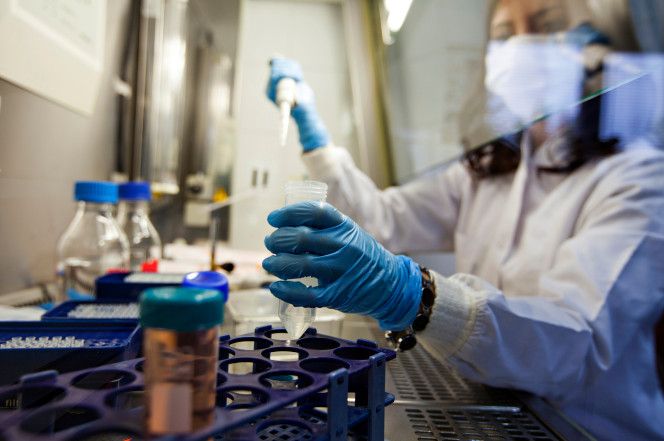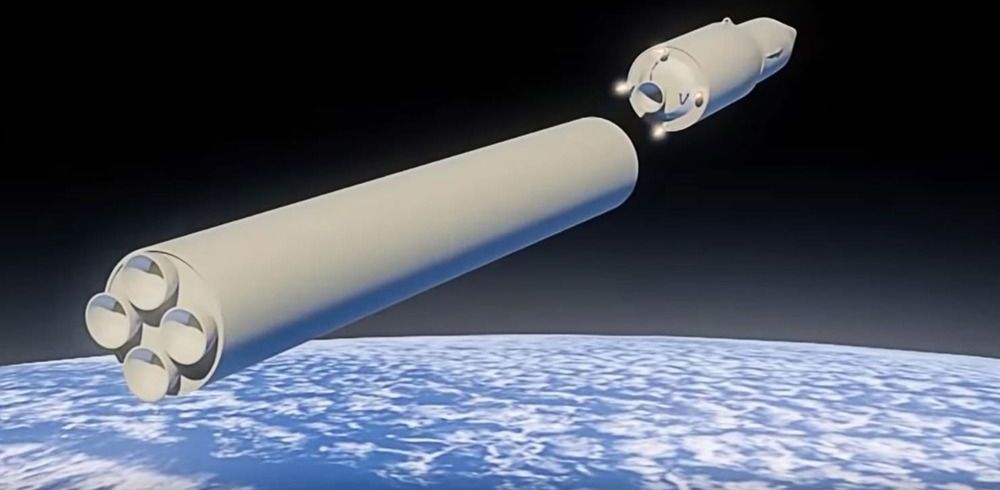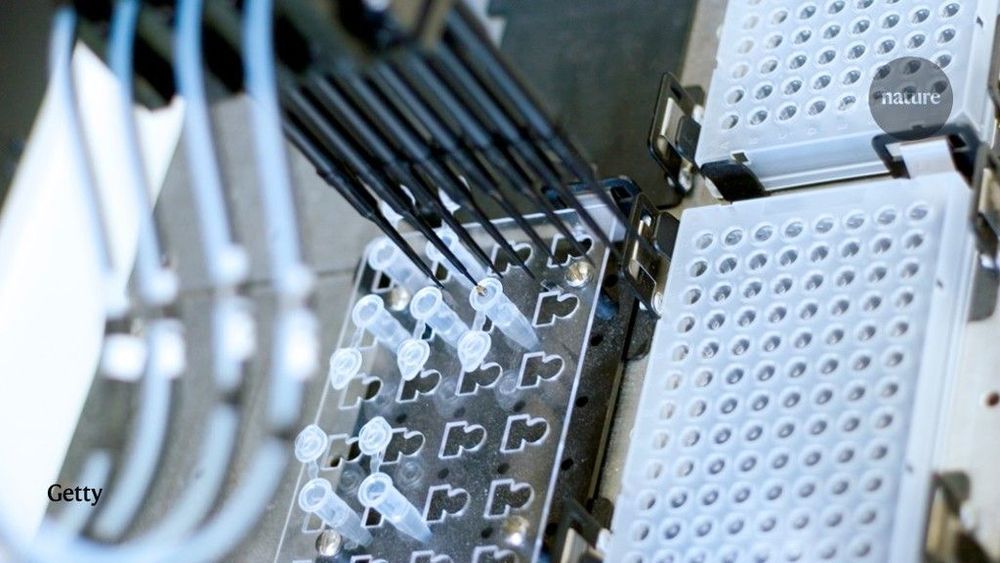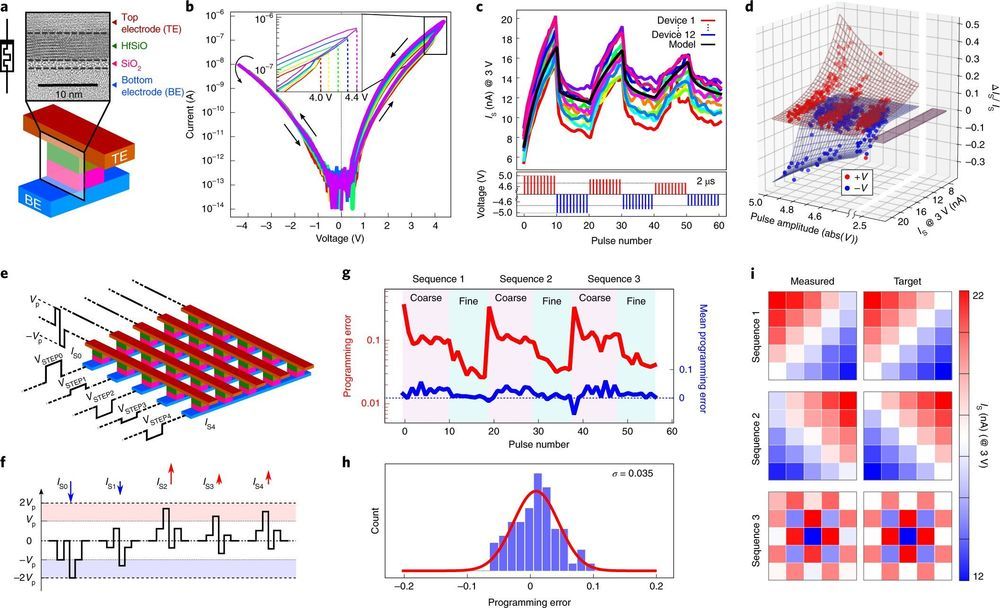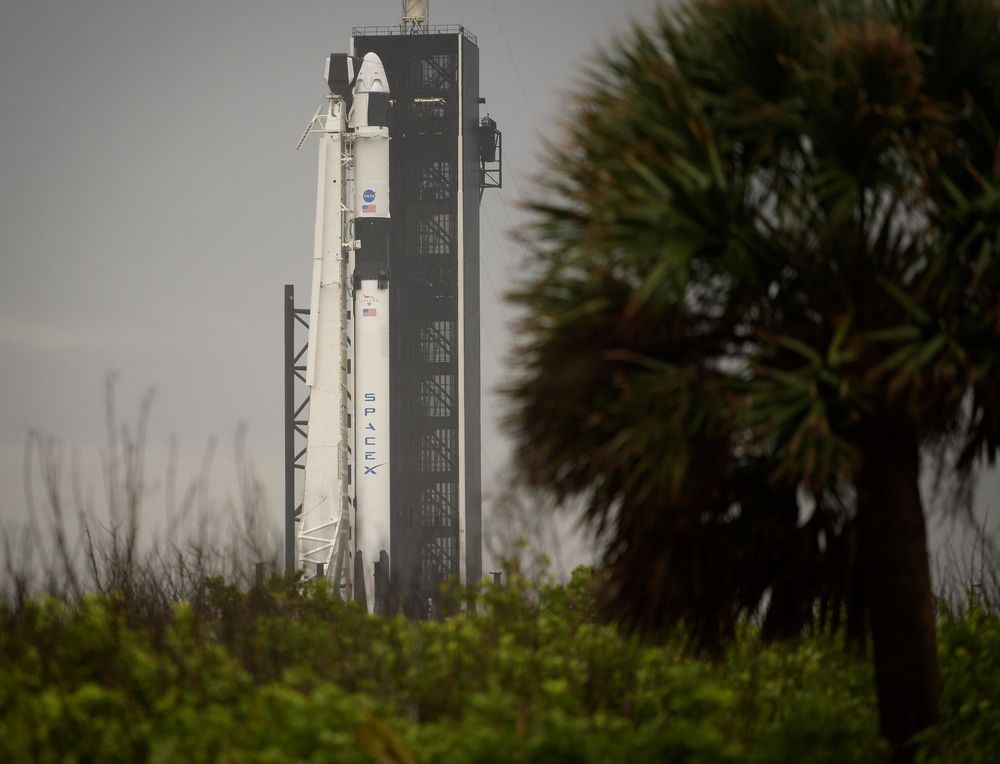May 28, 2020
The Air Force is experimenting with turning cargo planes into flying munitions trucks
Posted by Quinn Sena in category: transportation
Editor’s Note: This article originally appeared on Business Insider.
The U.S. Air Force has been experimenting with turning its cargo and transport planes into munitions trucks able to drop devastating bundles of standoff weaponry, the service has revealed.
The Air Force Research Laboratory said Wednesday that Air Force Special Operations Command successfully dropped simulated palletized munitions from a MC-130J Commando II multi-mission combat transport/special operations tanker in a test at Dugway Proving Ground in Utah in January.


